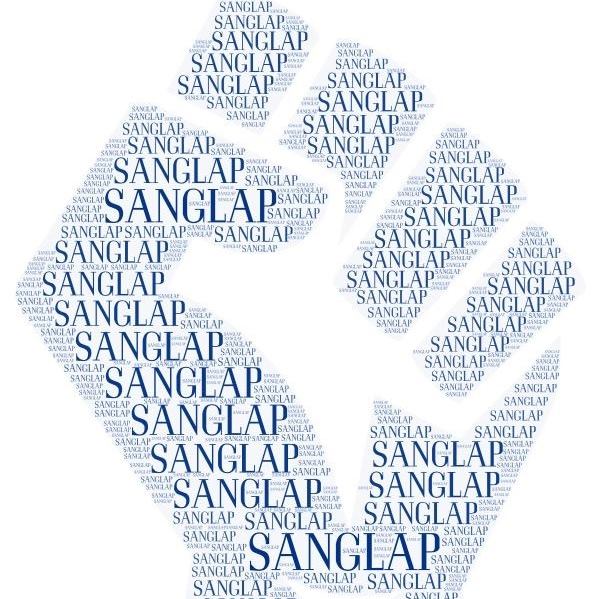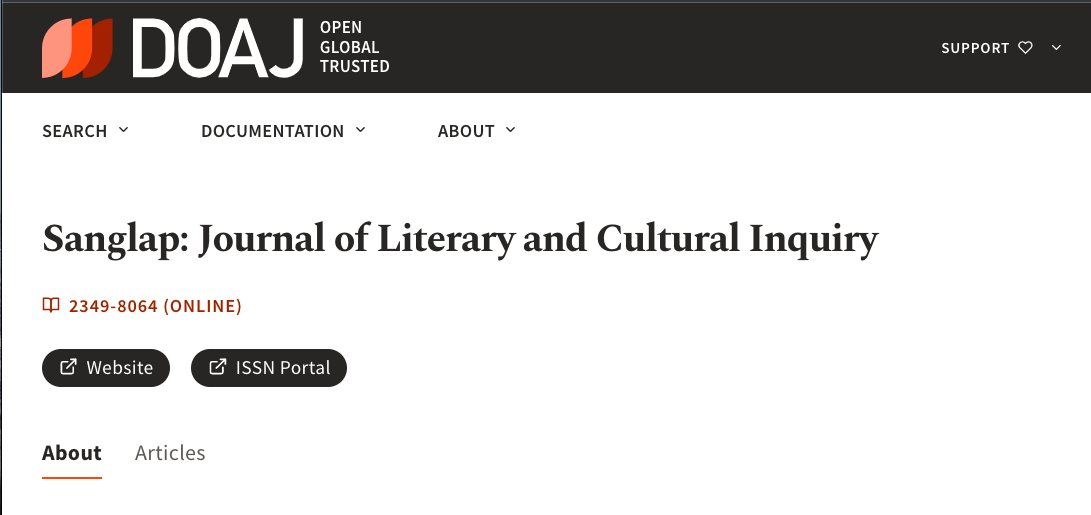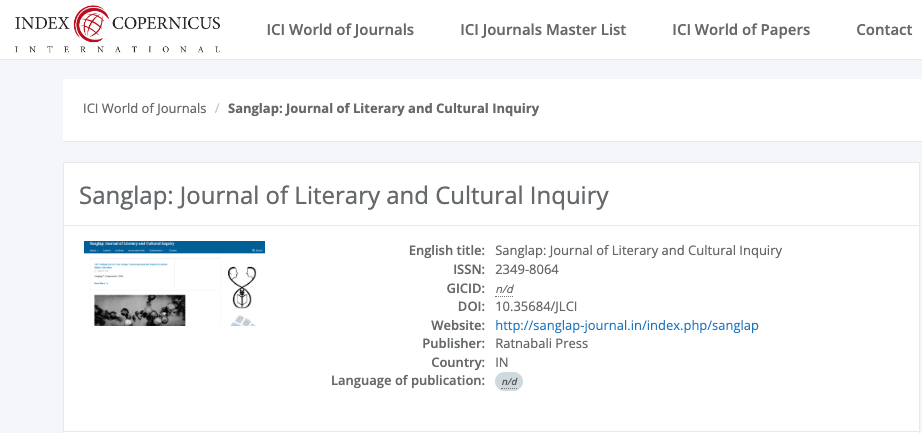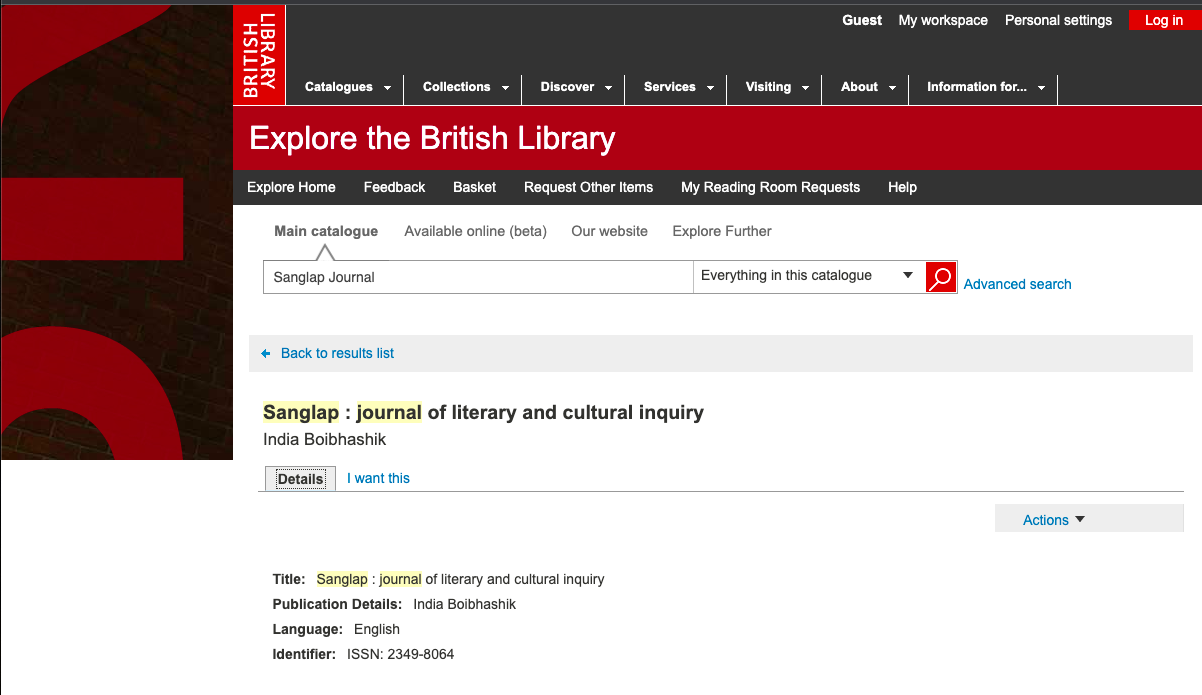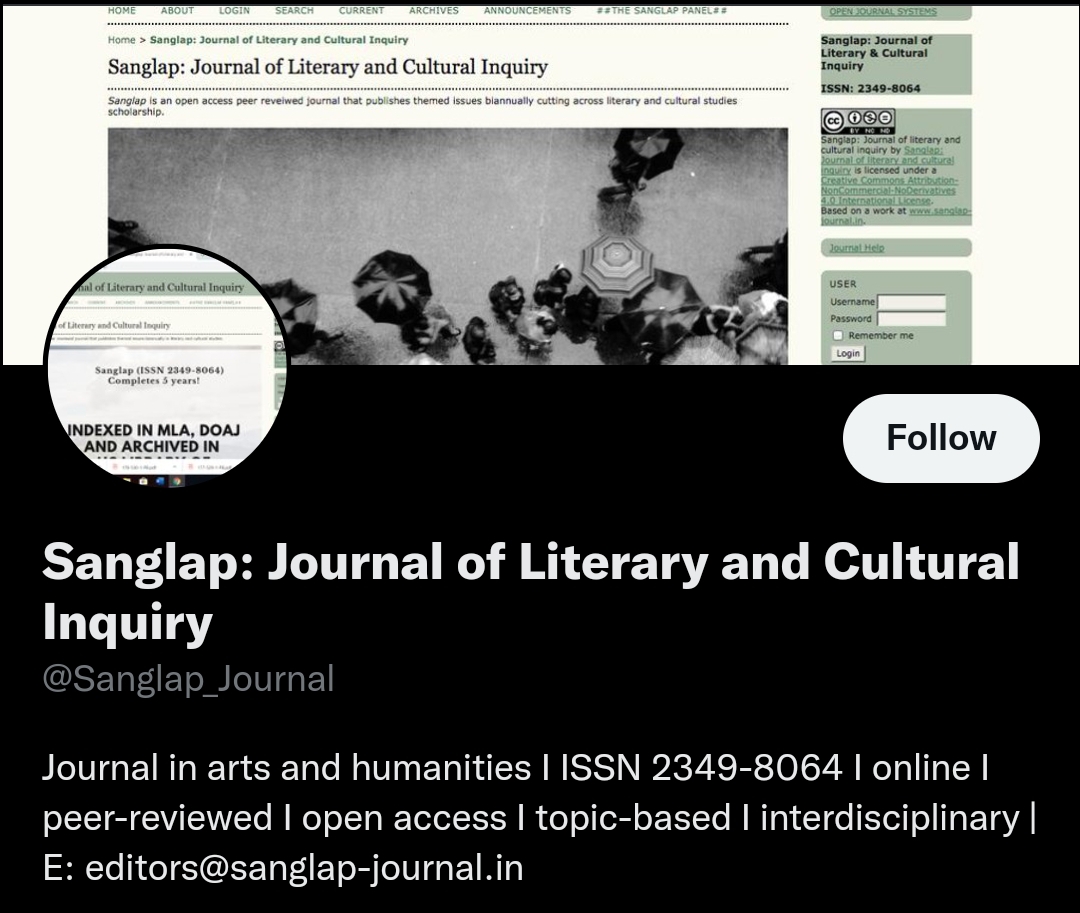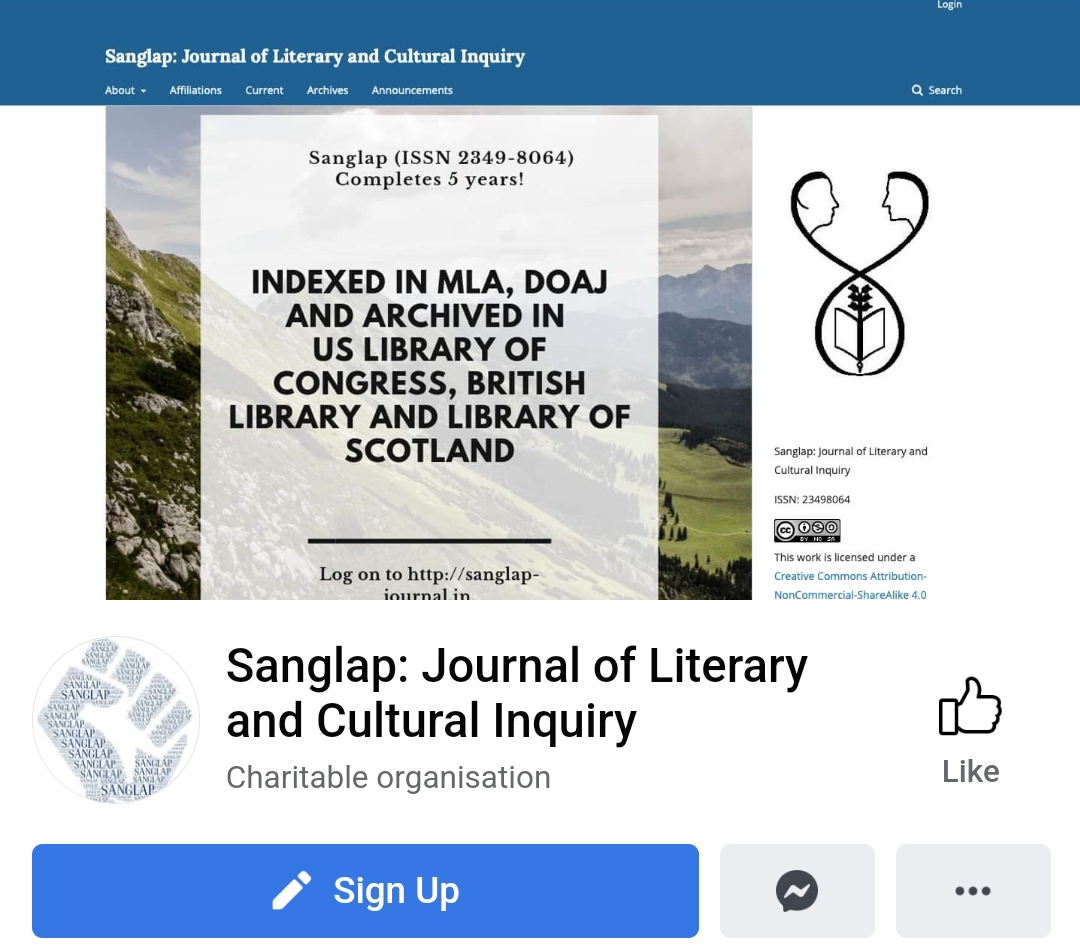Negative Externalities of Modern Development:
The Continuing Relevance of Gopinath Mohanty’s Paraja
Keywords:
autochthonous identity, environmental cost shifting, postcolonial capitalism, myths, bioregionalism, ecological nationalismAbstract
The land for an indigenous community is a significant part of their collective consciousness. However, the economic model of growth that India adopted post-independence did not accommodate the idea of tribal territorial sovereignty. Ill-conceived industrial policy coupled with the failure of land reforms in most parts of the country displaced these peoples, severing the primordial links they had with their land. This paper would undertake a study of issues like legislative nomenclature for tribal groups, their subjection to structures of marginalisation and environmental cost shifting as the contemporary backdrop against which Gopinath Mohanty’s novel Paraja can be read. Paraja posits the inalienable autochthonous identity of a tribe rendered vulnerable to the logic of postcolonial capitalism. The paper seeks to explore the role played by the novel in articulating the worldview of an indigenous community. The mythical universe of the Parajas would be studied vis-à-vis Levi-Strauss’s structuralist discourse on myths. A modern state’s phallocentric gaze upon native land and resources would be addressed in conjunction with the ideas of bioregionalism and ecological nationalism.

